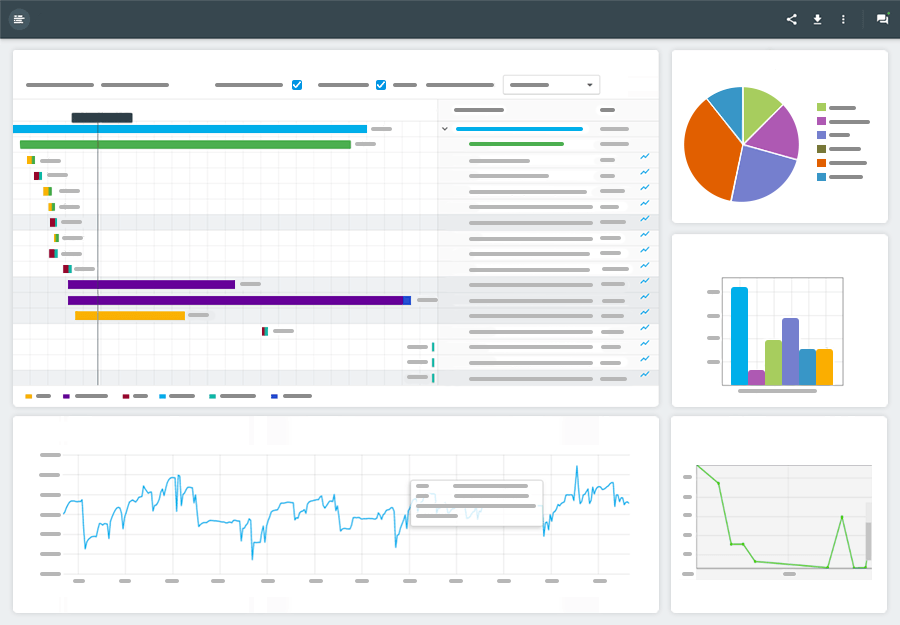How to Increase the Performance of a Website
Building a website usually goes something like this: make it pretty, make it work, launch, and why are our web pages loading so slowly? We all take website performance for granted, so it’s no wonder that we don’t think about it until our sites are performing poorly. Yet website performance is crucial. It doesn’t matter how great your products are, or how click-bait-y your headlines are. No one is going to wait for your website to load. Learning what it takes to increase the performance of a website is something every website owner needs to know.
 Measure Your Website’s Performance
Measure Your Website’s Performance
You probably have a general sense that your website is taking too long to load. But how much faster does it need to be? You need to test your site’s performance before and after making improvements so that you know what’s working for you and how well.
For basic web pages that only display content, you can check load time with Dotcom-Monitor’s Web Page Speed Test or Google PageSpeed Insights. For more intricate processes like e-mail signup and purchasing products, you need a load testing solution such as JMeter or LoadView.
Load testing software has another advantage – detailed reports that indicate where the slowdowns and bottlenecks are occurring. That way you know where to focus your efforts. Sophisticated load testing solutions will also help you troubleshoot these issues.
How Fast is Fast Enough?
Less than two seconds. If your webpages take longer than that to load (even by milliseconds), it’s too slow.
There are several quick fixes that you can make to increase your website’s performance.
Upgrade Your Web Hosting Package
If your entire site is performing poorly, your web host may be part of the problem. It may be that you underestimated your traffic or that you’ve outgrown your current web hosting plan. Unlimited web hosting packages actually do have limits – when you approach your monthly limit, your site performance may suffer and when you exceed that limit your site may go down entirely.
Shared web hosting is economical, but it means that your website performance is affected by other sites. It may be time for you to move to dedicated web hosting.
Check Your Template
If you built your website with WordPress or a website builder like Wix or Squarespace, you used a template to control your site’s design. (That’s the make it pretty part.) Not all website templates load quickly. Check online reviews and comments to see if you’ll get some performance improvement by switching to another template.
Consider Your Plugins
Plugins are convenient, but they load separately from other page content so they can harm website performance. That doesn’t mean you have to get rid of them completely, though you may want to eliminate some). Make sure you’re using the fastest plugin available for each function to make sure that they’re not slowing you down.
Fix Broken Links
Whenever a site visitor clicks on a link to a page that doesn’t exist anymore, it generates an error. It’s annoying for the user, but those errors can pile up creating a bottleneck and affecting your site performance.
What Else?
These changes will lead to performance improvements, but there are more improvements that you could make. Your load testing software should help you identify what those improvements are. Any article you find online can make general suggestions, but only running an actual load test will allow you to get recommendations that are specific to your site.


